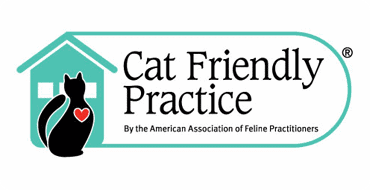Toby is a happy 10 month old Australian Blue Heeler that was taken in by Taylor T., our

Toby was referred to the University where they did a few tests on him to confirm the

Toby is a happy 10 month old Australian Blue Heeler that was taken in by Taylor T., our

Toby was referred to the University where they did a few tests on him to confirm the



Our mission is to provide quality care while maintaining an inviting, family-oriented atmosphere where great customer service is apparent.
Rock Bridge Animal Hospital © 2022. All Rights Reserved.